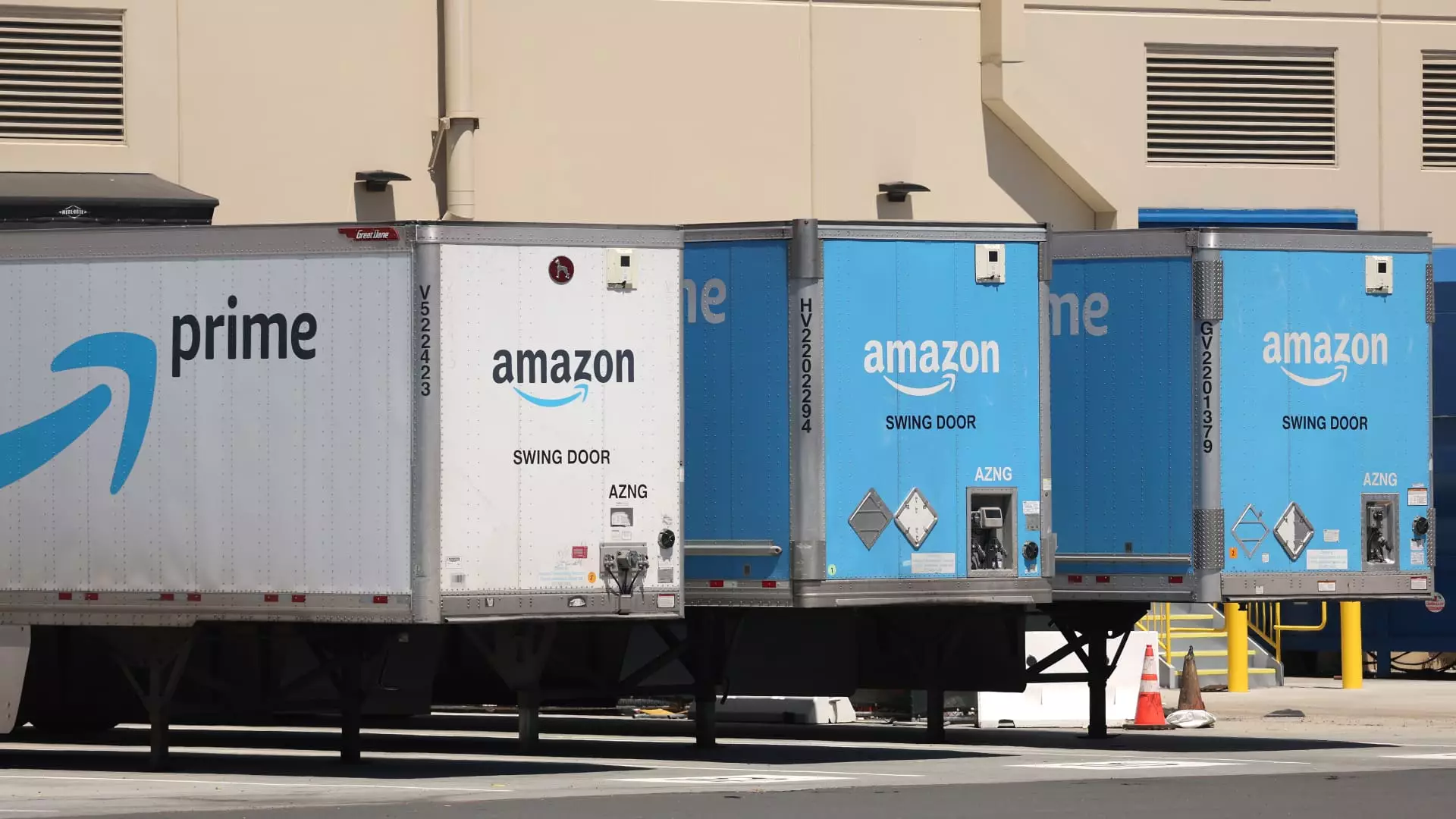In an age where online shopping has become the norm, the incredible convenience of platforms like Amazon is shadowed by darker realities. Major retailers face ongoing threats from organized crime, which has adapted to the digital economy with alarming innovation. Recently, a striking case emerged involving an Armenian crime syndicate that successfully orchestrated the theft of over $83 million from Amazon. This operation, which began at least in 2021, highlights the vulnerabilities in our rapidly-evolving supply chains and digital marketplaces. This incident doesn’t merely signify a loss of goods; it uncovers a profound and disturbing trend of theft that strikes at the heart of consumer trust and retail integrity.
Unpacking the Scheme
The operation’s sophistication is staggering. The crime ring employed individuals who posed as legitimate truck drivers, thus gaining access to Amazon’s freight routes. By utilizing the Amazon Relay system, these fraudsters were able to divert their trucks from designated delivery paths, absconding with valuable cargo that included everything from high-tech smart TVs to household essentials like air fryers and vacuum cleaners. The DOJ’s allegations underscore a broader crisis facing retailers: cargo theft is an epidemic that evokes not only financial losses but also jeopardizes the very fabric of e-commerce reliability.
Cargo theft losses are estimated to approach a staggering $1 billion annually. This figure isn’t just a number; it’s the sum of countless hours of hard work and investment lost to cunning criminals. Such figures paint a bleak picture of a retail world under siege, where unregulated criminal enterprises prey on the unsuspecting.
Complexities of Resilience
For Amazon, the stakes are incredibly high. The company is continuously ramping up its measures to combat fraudulent and illegal activities on its platform. However, eliminating the circulation of stolen goods poses a significant challenge. Rating and review systems may not be enough to shield honest merchants from being unfairly accused or caught in the crossfire of this rampant criminality. According to reports, many of those third-party merchants were unknowingly involved, risking their businesses’ very survival due to illicit practices that escaped their notice. In a landscape ripe for exploitation, the line between buyer and seller blurs, fraught with mistrust and uncertainty.
The DOJ’s investigation, underlining the seriousness of the crime ring’s activities, also revealed a chilling connection between these alleged thieves and other serious crimes, such as attempted murder and human trafficking. This broad range of offenses illustrates that organized crime often operates like a multifaceted corporate entity, expanding its reach to various illegal activities. It’s a sobering reminder that the implications of such theft extend far beyond financial loss, threatening public safety and community well-being.
The Role of Technology in Crime Prevention
The fact that these criminals used technology to execute their scheme raises critical questions about the role of digital platforms and methodologies in the security of our economy. To combat this growing threat, Amazon must leverage its technological prowess more than ever. Innovative tracking methods, real-time supply chain monitoring, and stronger verification processes for third-party sellers could substantially mitigate these risks. The collaboration between Amazon’s operational teams and law enforcement is a commendable step, but it should be only a starting point.
As more companies adopt online business models, they must anticipate similar threats. Lessons learned from Amazon’s struggles can serve as blueprints for others. Retailers need to integrate robust anti-theft technologies and build partnerships with law enforcement agencies to ensure a swift detection regime.
A Call to Action for Awareness and Responsibility
The recent actions from the DOJ signal a growing awareness of the pervasive issues facing the wider retail landscape. It’s imperative for businesses, regulators, and consumers alike to recognize that everyone has a role to play in this fight against cargo theft. Users must remain vigilant while shopping online, and retailers should proactively create safer marketplaces.
Moreover, as the landscape evolves, engaging in open dialogues about security, consumer rights, and the responsibilities of platforms will become essential. Society needs to challenge the narratives that dismiss e-commerce crimes as minor inconveniences; when left unchecked, they can disintegrate the trust that consumers place in their favored platforms. It’s time to take a stand against these criminals and reinforce the integrity of our retail environment.

